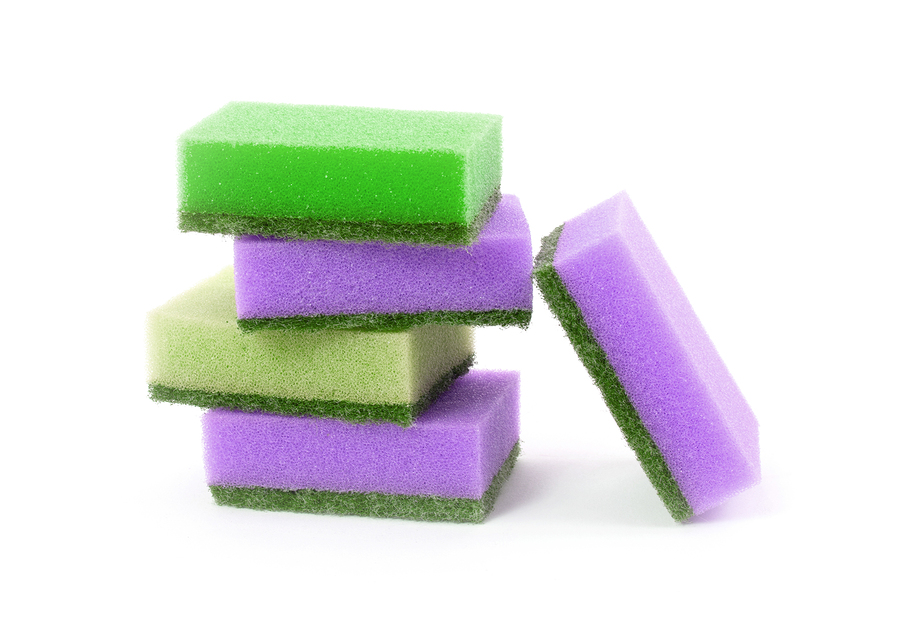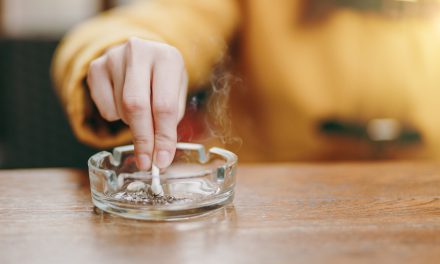The Dangers of Sponges and Dish Cloths
“Sponges are usually the dirtiest thing in the kitchen and difficult to keep clean,” says microbiologist Manan Sharma of the United States Department of Agriculture’s Food Safety Laboratory in Beltsville, Maryland.
That was true in the NSF International survey of U.S. homes, where 77 percent of the sponges and dish cloths contained coliform bacteria, 86 percent had yeast and mold, and 18 percent had Staph bacteria. NSF International is a non-profit agency that sets safety standards for water filters and other equipment.
Why are sponges so dirty?
“They come into contact with food residues that can build up in them and that provide nutrients for bacteria and other microorganisms to grow,” explains Sharma. What’s more, sponges are often wet and are left in damp areas in or near the sink, which are ideal conditions for germs to multiply.
“They also have many nooks and crannies, which can be great places for germs to multiply,” notes NSF microbiologist Rob Donofrio, who adds that “sponges are typically not properly— or regularly—sanitized before their next use.”
Restaurant sponges
That’s why the Food and Drug Administration’s Food Code prohibits restaurants from using sponges to make the final wipe of surfaces that come into contact with food.
“A safe kitchen is a dry kitchen where there are no wet sponges and no wet towels for bacteria to grow overnight,” says O. Peter Snyder, whose Hospitality Institute of Technology and Management in St. Paul, Minnesota, provides training for the food and restaurant industries in sound food-safety practices.
How to clean your sponges
“Just rinsing and squeezing out a sponge under running water is not going to do a whole lot,” says Sharma. “But microwaving your wet sponge for one minute gets rid of a significant portion of the bacteria.”
After Sharma and his colleagues at the USDA soaked sponges for two days in a slurry of ground beef and soy broth, microwaving at full power for one minute was the most effective way of killing the bacteria in the sponges.
Running them through the dishwasher killed almost as many bugs. Soaking them in 10 percent bleach (about twice as concentrated as household bleach) for three minutes or in lemon juice or water for one minute wasn’t much better than doing nothing.
A recent study by the Good Housekeeping Institute found that soaking sponges for five minutes in bleach was the most effective way of cleaning sponges. However, what the Institute did— mixing three-quarters of a cup of bleach in a gallon of water—may be more than what most people are willing to do. Its study found that cleaning sponges in a microwave oven or in the dishwasher with dry heating was nearly as effective as the bleach.
Don’t try to microwave sponges that have metal in them, cautions Sharma. “And make sure the sponge is wet so it won’t catch fire.”
If you don’t want to go through all that to keep your sponges clean, keep a supply of clean dish cloths handy. Start out each morning with a fresh, dry one and at the end of the day toss the used cloth into the laundry hamper.
Dairy Food Environ. Sanitation 21: 997, 2001. Am. J. Infect. Control 17: 83, 1989.
*Article originally appeared at Nutrition Action.












